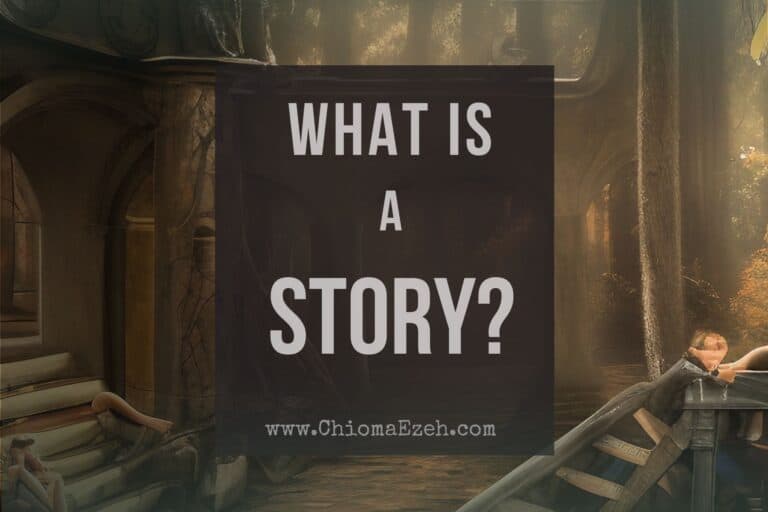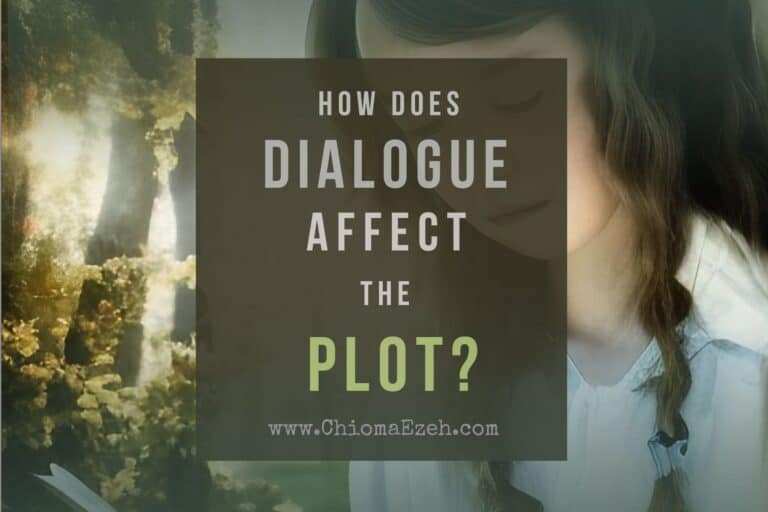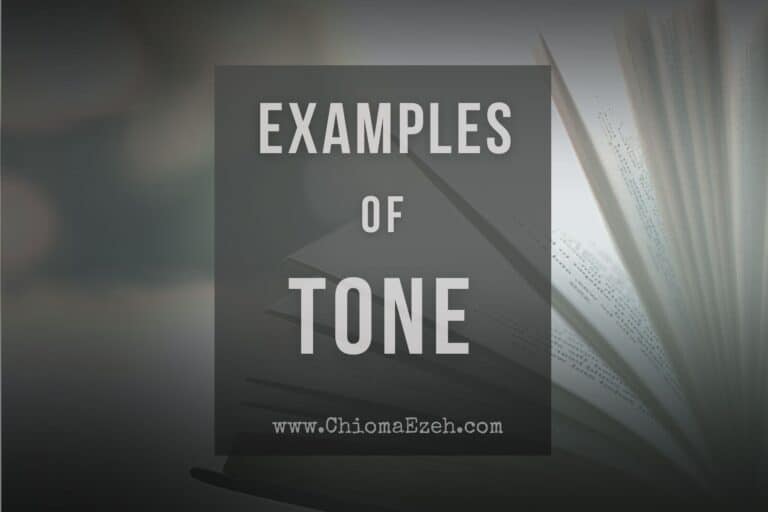What Is Audience In Writing? A Simple Guide for Writers & Authors
It is crucial to think about who you are writing for. When you write, it is like talking to someone. Like when you tell a story to a friend. You use words and stories they know well, so they can follow along with the story better.
Writing is just like that. If you can’t make your readers understand what you are trying to say, then it doesn’t matter how great the writing is.
In this article, we will discuss how to write for your audience, so you can create content that speaks directly to them. We will also explore tips on identifying your audience, and how to use the right language, tone, and voice, including examples.
Let’s Talk
Are you a writer aspiring to pen a masterpiece that never fails to captivate? Look no further. Reach out to us and uncover how we can help you to take your writing to unprecedented heights!

What is audience In Writing?
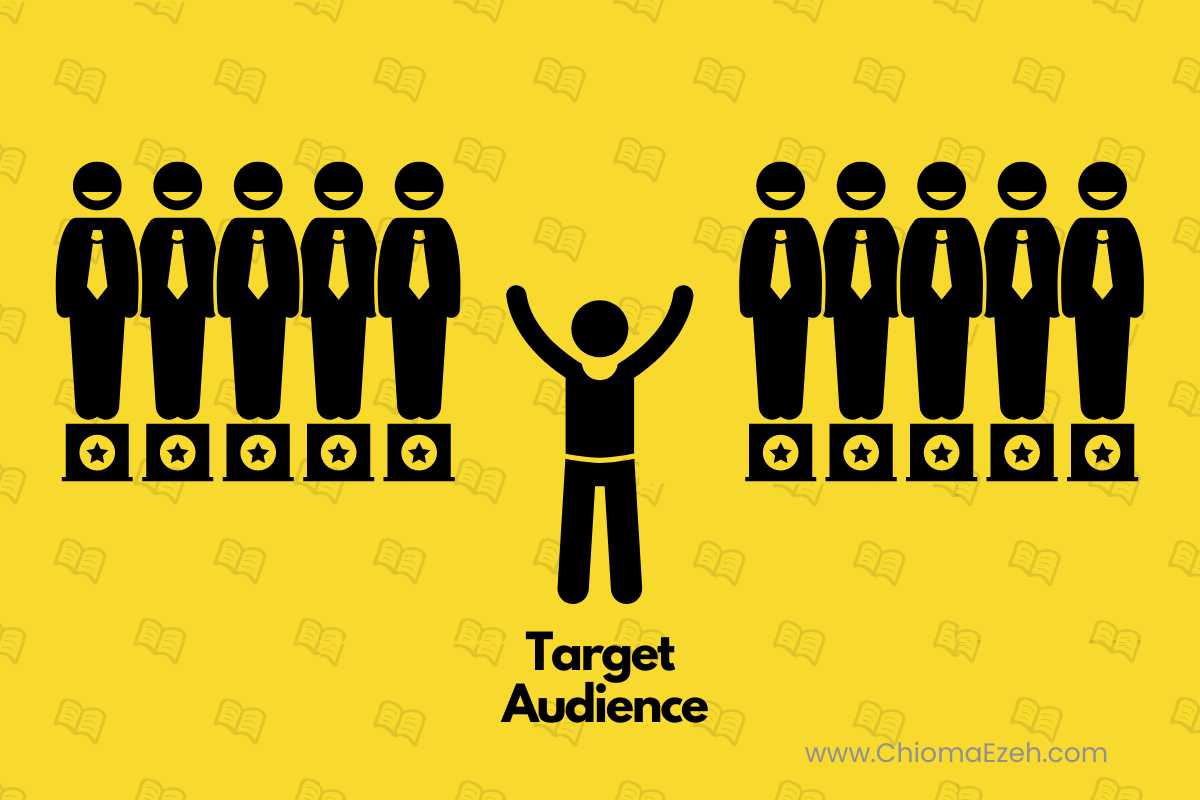
Before we get started, let’s understand what an audience means. An audience is a specific group of people you are writing for. Your target audience could be based on interests, age, profession, etc. For example, if you are writing a book about gardening, your audience would likely be gardeners or aspiring gardeners.
William Shakespeare had an audience that was mainly wealthy English people. These people spoke his language and could relate to the words and topics he wrote about. Being wealthy, they could also afford to attend the theatre shows he wrote for.

When you write, think about who will be reading it and tailor the writing to their needs. Are they young or old? What kind of background do they have? What kind of language do they speak? Do they already know about the topic you are writing about?
Knowing your reader will help you write in a way that resonates with them.
why is audience important in writing?
Having a target audience is important because it helps you to create content that speaks directly to them. When you can write for a specific group of people, you tailor your content to their interests. This makes it easier for you to engage with them in an effective way.
Writers have always been driven by their audiences. Even in the time of yore, a writer had to write for their target audience. Shakespeare wrote for a certain audience and used the language of his time. He wrote in Old English which appealed mostly to the Oligarchs of the Elizabethan era.

Today, the same principle applies. Your writing should be tailored to the people who will read it. That means you need to use language, topics, and ideas that make sense to them.
And this is even more so important if you are writing for an online audience. You have a short time frame to make an impression, otherwise, they’ll scroll past – or worse, bounce off and never return.
In fact, the average attention span of humans is now only 8 seconds – as it has steadily declined (25%) since the early 2,000’s. And with social media now in our faces, it’s even harder to keep someone’s attention.
Writing for a target audience is important because you want them to understand and relate to your message.
Benefits Of Knowing Your Audience In Writing
Knowing your target audience is essential for crafting effective writing. It allows you to tailor the content so that readers can better understand and relate to it. Also, it can help you adjust the tone, style, and language to use so the writing is more appropriate for them.
Knowing your targeted audience when writing can have several benefits. It helps:
- Ensure that your content is appropriate for the readers.
- Craft a message that resonates with readers and leaves them wanting more.
- Know the language and style to use so as to meet their expectations.
- Use visuals and other creative elements to engage them.
- Readers understand complex concepts without becoming overwhelmed.
- Provides resources and references for those looking to further explore the topic.
- Ensure that all facts are accurately cited and trustworthy.
How to identify your target audience In Writing
Once you know what kind of writing you’re doing, it’s time to figure out who your target audience is. You can do this by researching your topic and seeing who is interested in it. Who reads books or blogs about this topic? Who takes courses on the subject matter? Who participates in forums about the topic?
These are some of the specific processes for identifying your target audience:
- Start by researching the topic you want to write about
- Research the kind of people that are reading and consuming it.
- Find out where these people are hanging out (social media, forums, communities, groups, etc)
- Check to see if there are related topics this audience also looks for
- Go through reviews or comments about related content that have been published on that topic
- Finally, create an avatar of your ideal reader and make sure that your content is tailored to them.
👉 To learn more, head over to our comprehensive guide on How to identify your audience in writing using specific examples and visuals.
Types of Audience In Writing
Writing for different types of audiences can be tricky, but with the right approach it is possible to create an effective piece that appeals to everyone. There are four main types of audiences in writing:
- Lay Audience: needs a clear language that avoids technical jargon and visual elements to engage readers
- Managerial Audience: require concise language and examples
- Expert Audience: needs detailed information, evidence, and references.
- Mixed Audience: needs content that can be understood by all levels of knowledge.
You should consider the type of audience you are writing for, so you can create an effective piece that resonates with them.
See our detailed guide on Types of audiences in writing to learn more.
How to Write for Your Target Audience
Writing for your target audience should be the starting point for any piece of writing. You need to understand who you’re trying to communicate with, and what their needs and interests are.
To begin, consider your purpose: Why are you writing this piece? What message do you want to present? Once you have a goal in mind, you can focus on targeting your specific audience.
Also, consider their reading level and preferred language style. Use words and phrases that are easy to understand and relate to the reader’s experience or interests. For example, if you’re writing for an older demographic, avoid using slang or complicated industry terms.
Remember that your target audience may come from different backgrounds and cultures. Be conscious about the language you use.
👉 To learn more about writing for specific types of audiences, check out our complete guide on how to write for your audience
Now that you know who your target audience is, here are some tips on how to write for them.
Tips for Engaging Different Types of Audience
In as much as writing for different types of audiences requires one to adjust the level of formality and complexity, it is also important to engage them in your writing.
One way to do this is by ensuring that your content offers an emotional connection to the reader. Tell a story that they can relate to, or ask questions that make the readers think about their own experiences with the topic.
You can also break up your content with visuals or illustrations that help to make the content more engaging and easier to understand. The tips below can help you create content that engages your audience:
- Use language that is appropriate for them
- Include visuals or examples to help explain complex concepts
- Provide helpful resources and references so they can explore further
- Utilize storytelling when applicable to make the information more relatable
- Ask questions or include polls to gauge interest and engagement.
👉 For more tips, head over to our guide on Tips on how to engage different audiences in writing
Genre and target audience in writing
Genres of fiction writing and their target audience can vary greatly, depending on the genre. For example, romance novels typically have a target audience that is adults (mostly women) looking for love, adventure, or hope.
Young adult fiction often targets teenagers, dealing with themes such as coming-of-age, identity exploration, and the social struggles of adolescence. Mystery novels tend to target adults who are looking for suspense and intrigue.
Fiction Writing
That notwithstanding, a typical fiction genre and its audience looks like this:
- Science Fiction: Young adults and adults
- Fantasy: Children, teens, young adults, and adults
- Romance: Mostly women readers
- Horror: Teenagers, young adults, and some adult readers
- Mystery/Thriller: Popular with a wide range of ages from children to older adults
- Historical Fiction: Middle-grade readers and up
- Contemporary Fiction: Readers between the age of 12 – 25 years old mostly
Non-fiction:
When it comes to non-fiction, the target audience is usually more specific. Non-fiction writing tends to be geared towards a specific group of people and requires deep, extensive research.
Generally, non-fiction is written to teach a skill, answer questions, or discuss theories. That said, several fiction niches have specific audiences like:
- Fitness And Nutrition: Athletes and fitness enthusiasts and professionals
- Business Finance: Entrepreneurs, and business owners
- Healthcare: Healthcare practitioners, nurses, medical students
- Parenting: Parents or guardians of children of different ages
- Self-Help & Personal Development: People looking for advice on personal growth and development
- Politics & Government: Citizens interested in understanding the political process
- Gardening & Agriculture: Gardeners or farmers who want to learn more about growing plants
- Psychology And Mental Health: Mental health experts as well as people struggling with mental health issues
Final Notes On Audience In Writing
Creating content that resonates with your target audience is a vital part of writing. You should know who your audience is, use the right tone, think like them, and be helpful and informative.
Doing these will make your content resonate with them and help them in a meaningful way. And this will help you build trust and relationships with your readers, which is key to the success of your writing project – be it a book, story, blog post, or marketing copy.
Related Reading:
- How To Identify Your Audience In Writing: 12 Simple Steps
- Types of Audiences In Writing [Explained]
- Writing For Your Audience: Tips To Effectively Write for Your Target Audience
- Prewriting Tips: 25+ Tips To Make The Most Of Your Prewriting Process
- Prewriting Checklist: How To Use Prewriting to Jumpstart & Improve Your writing process

![How To Format Dialogue In A Story [Tips & Examples]](https://chiomaezeh.com/wp-content/uploads/2023/03/How-to-format-dialogue-in-a-story-2-768x512.jpg)
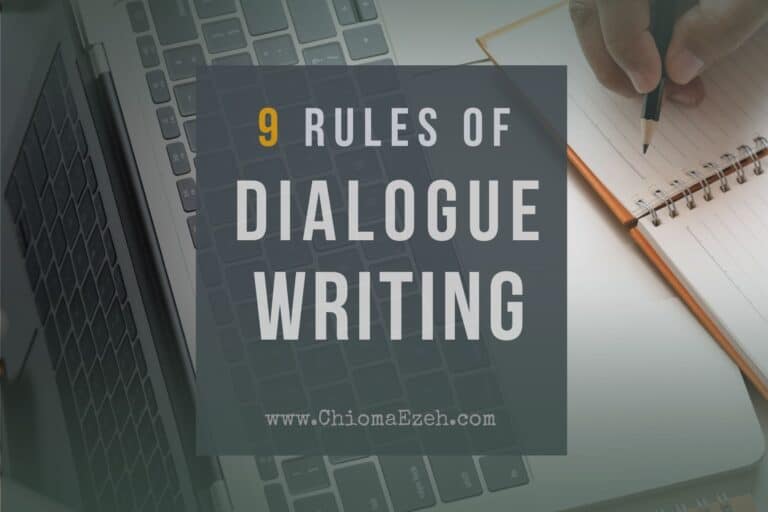
![What Is Second Person Point Of View? [Definition & Examples]](https://chiomaezeh.com/wp-content/uploads/2023/03/second-person-point-of-view-1-768x512.jpg)
